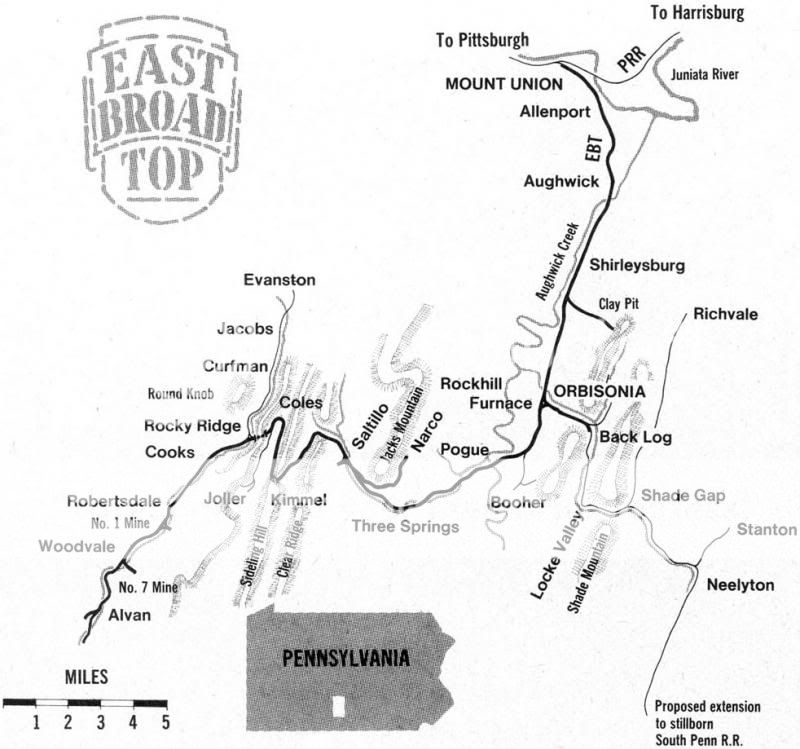HOG lines can be way off by +/- 20' in all directions, or much more. So the HOG lines should be taken with a grain of salt, as the they are a very rough guestimate, and are not accurate at all for exact track placment.
For a better understanding all three components involved should be a taken into account: MicroDEM, HOG and TIGER. At the time when those fishlipsatwork maps where produced, MicroDEM/HOG was the only reasonable option for DEM-based terrain. MicroDEM, as the name says, is a DEM viewer/converter. Maps, raster or vector, are not its prime focus. I believe that TIGER support in MicroDEM is just by chance, presumably as a result of a university research project (where MicroDEM is coming from). TIGER, on the other hand, isn't really a large scale topographic map. Its scale, according to specs, is just 1:160,000, but it apparently meets US Census requirements as they publish it. Now, with a 1:160,000 map it should not surprise that you'll find rivers flowing uphill, when projecting TIGER onto a 30m DEM. I would concentrate on watercourses. They should always be at the lowest elevations, and we are talking about horizontal accuracy here. The 1:160,000 map is at its limits. HOG, at last, is the format converter. HOG does not know anything about geo data and cannot be blamed for misaligned TIGER lines.
Gradients sound more like Railroad Tycoon than Trainz, don't they! Jcitron advises against having TransDEM laying tracks, so maybe you're finding out why.
With TIGER it's about horizontal accuracy. With TransDEM and arbitrary vector data converted to Trainz splines it's about vertical accuracy or more precisely the complete absence of the vertical dimension in the data source.
Unless you have close relations to your favourite railway company and are able to obtain 3D track geometry data from them or you have some CAD software with a track geometry add-on and produce 3D vector data yourself you have to stick with 2D data.
Now, when I implemented the spline feature in TransDEM I could test with vector data created by the Zusi tools (my "CAD") and also samples of original railway vector data. And I decided, if the vertical component was there, I could use it, not only to set the track spline points at the designated elevation, but also to adjust the terrain, shaping cuttings and embankments. But without the 3rd dimension in the data source this feature is pretty useless.
With 2D vector data the only reasonable option is to place it it on top of the terrain. And then everything is down to DEM accuracy. DEMs at 3 arc sec and even many at 0.75 arc sec, 1 arc sec, 20 to 30m, do not model man-made features of the transportation network. A road or track spline will then become a roller coaster. Its gradient cannot be correct because there is simply no data for the elevation. It's a different story with many of the NED 1/3 and 1/9 arc DEMs (and a minority of lower resolution DEMs). Such hi-res DEMs often have all the cuttings and embankments and then even 2D vector data fits nicely. It may still be a few metres off and that is again due to scale. Our standard 1:24,000 USGS topo map is reasonable but still leave something to desire. Over here in Europo track geometry plans are in an 1:1,000 scale, some at 1:3,000, and I guess it will be similar in the US.
Don't rely too much on ortho-images for ultimate precision, not when taken from Google Earth. I found that ortho-images published by official mapping agencies tend to have less positioning error.


